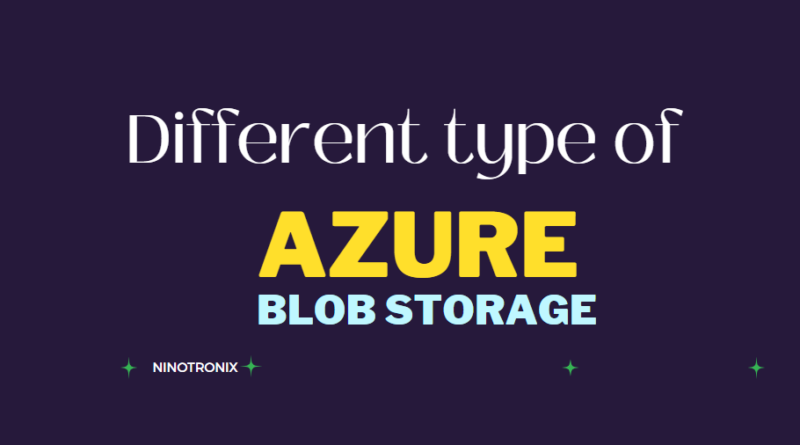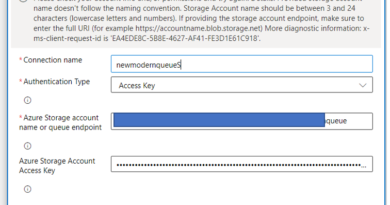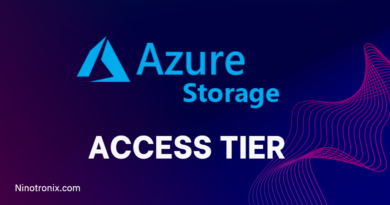Different type of Azure Blob Storage
In Microsoft Azure, there are three types of blob storage:
- Block blobs: These are the most commonly used type of blob storage, and they are designed for storing large binary or text data, such as images, videos, audio files, and backup files. Block blobs are optimized for sequential read and write operations, and they can store up to 4.75 TB of data.
- Append blobs: These are designed for scenarios where data needs to be appended to an existing blob, such as logging or telemetry data. Append blobs are optimized for high-throughput append operations and can store up to 195 GB of data.
- Page blobs: These are designed for storing random-access data, such as virtual hard disk (VHD) files for Azure Virtual Machines. Page blobs are optimized for frequent read and write operations and can store up to 8 TB of data.
Each type of blob storage has its own unique features and performance characteristics, and it’s important to choose the appropriate type based on the specific requirements of your application or workload.




